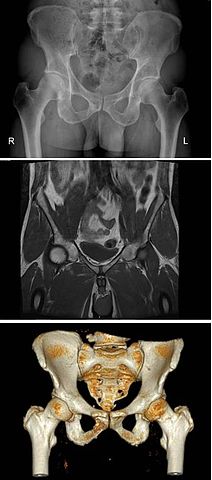Laser point your way to length
In the Alexander Technique, we teach students how to find the easiest, most comfortable and most efficient way of balancing the head on the neck. This is by no means all we teach. In actuality, we teach freedom of choice and freedom from the prison of the habitual, but often, our habits are expressed in our carriage – most poignantly in the poise of our heads.
People often push the neck forward and the head down while working at the computer, texting, sitting and all the rest of life. If this is a habit, it can be hard to know where our head belongs.
Last Fall, I was working with a local college professor. I was searching for imagery that they could easily understand. I suggested that they pretend they had a laser pointer on the top of their head. This allowed them to sense where the head was in space.
You can add imaginary laser pointers to the end of any limb to improve your body awareness and create sensations of length and expansion in your limbs.
What happens when you imagine laser pointers on your shoulders?
When you walk, what happens if you point up from the top of the head?
Final tip, this is all visual imagery. If you try and hold your self into a position you will get tense. See what happens when you let your imagination be the agent of change.



